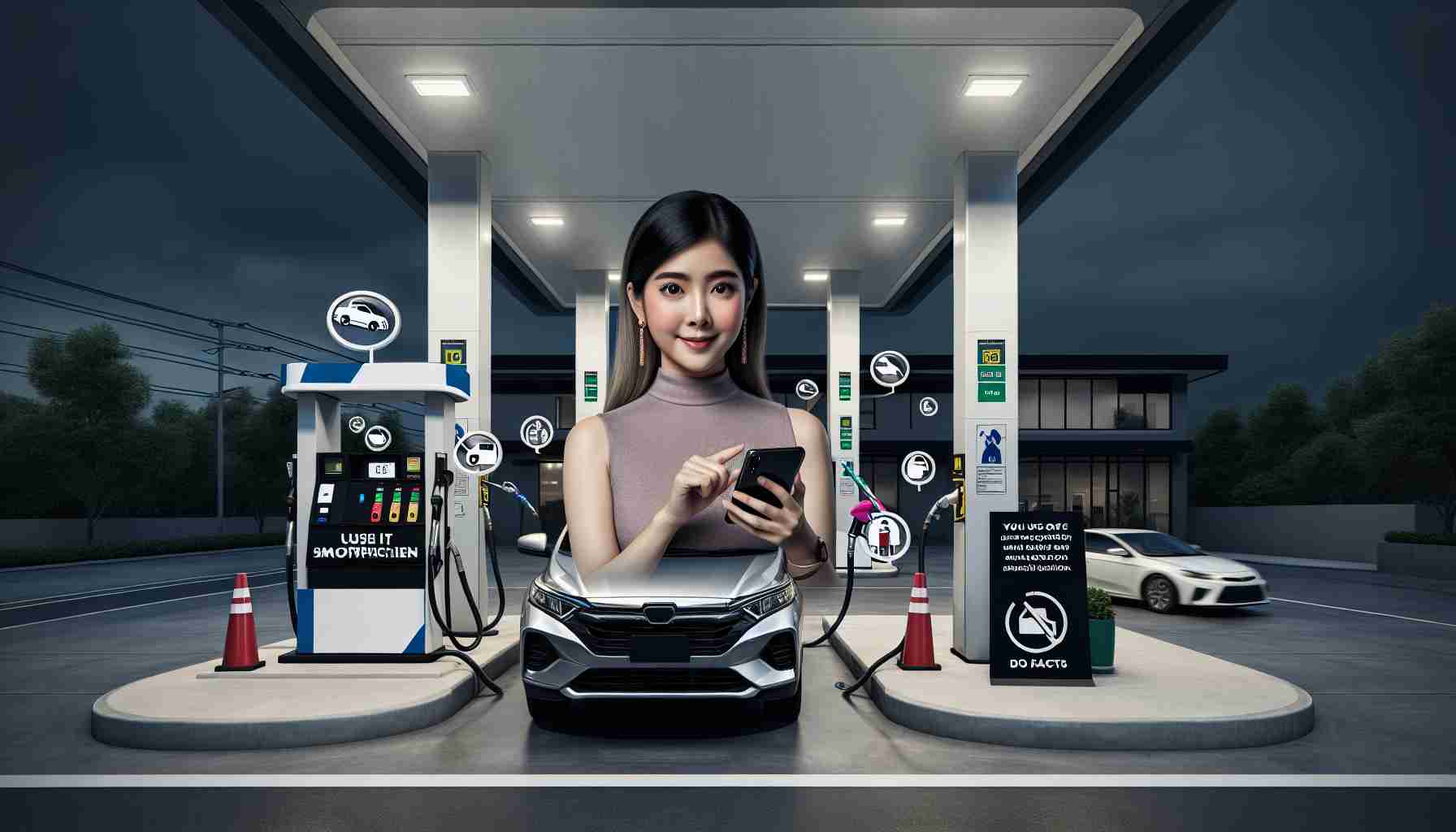Many people recognize that using their smartphones while driving is a careless action, yet similar habits extend to other scenarios potentially fraught with danger. It is common to see cautionary signs at gas stations warning against the use of smartphones during fueling, due to fears that they could spark a fire, analogous to the risks posed by smoking.
The underlying concern is the potential electrical discharge from smartphones and similar electronic devices, which could potentially ignite fuel vapors. Is there merit to this worry, or is it an unfounded caution?
Experts on the matter have not reached a definitive consensus. The U.S. Department of the Interior, the Petroleum Equipment Institute, and the Federal Trade Commission have conducted a series of simulations to test whether smartphones could pose a fire hazard while fueling. These simulations have consistently failed to produce any hazardous outcomes.
A representative of the National Fire Protection Association, Michael Marando, in a 2022 interview with USA Today, expressed that the likelihood of a smartphone causing a fire at a gas station is virtually nil. He clarified, however, that absolutely ruling out any risk is impossible, as it would take a highly improbable combination of specific conditions for a fire to be initiated by a phone.
Despite the reassurance that using a phone at a gas pump is not as perilous as one might think, experts still caution against getting engrossed in your device while fueling. Similar to the distraction of using a smartphone while driving, engaging in conversation, texting, or browsing through apps can divert your attention from potential hazards such as fuel spills, leaving the engine running while fueling, or forgetting to replace the fuel nozzle.
Smartphone usage at gas stations has become a ubiquitous part of modern life, but it can lead to potential safety risks, albeit not in the way that many people think.
One of the main concerns regarding the use of smartphones at gas stations is the belief that these devices could ignite fuel vapors, causing a fire. This fear is often compared to the very real dangers of smoking at a filling station. However, research and testing have repeatedly shown that smartphones are highly unlikely to spark a fire at a gas station. Although the exact cause of these rare instances is often unclear, static electricity is frequently suspected, rather than the electrical components of the phone itself. Static electricity can build up on a person’s body and discharge when they touch the pump nozzle, potentially igniting vapors.
While the risk of ignition from a smartphone is minimal, the dangers of distraction should not be ignored. Just as driving while distracted can lead to accidents, being inattentive while using a phone can result in dangerous situations at the pump.
The key challenges in addressing the topic of smartphone use at gas stations include dispelling widespread myths while also emphasizing the real safety concerns, such as distraction. Additionally, there is the continuous need for public education to ensure gas station safety protocols are understood and followed.
Advantages to using smartphones at gas stations are largely related to convenience. For example, mobile payment apps can expedite the payment process, and smartphones can be used to keep track of expenses or rewards programs related to fuel purchases.
However, the disadvantages, aside from the slight risk of ignition, primarily center around distraction. Using a smartphone while pumping gas may lead to errors in the refueling process, delayed response to safety hazards, or accidents caused by inattention.
For more information on safety and consumer tips related to smartphones and other consumer electronics, including fueling safety, you may visit the U.S. Department of the Interior and Federal Trade Commission websites at the following links:
– U.S. Department of the Interior
– Federal Trade Commission
